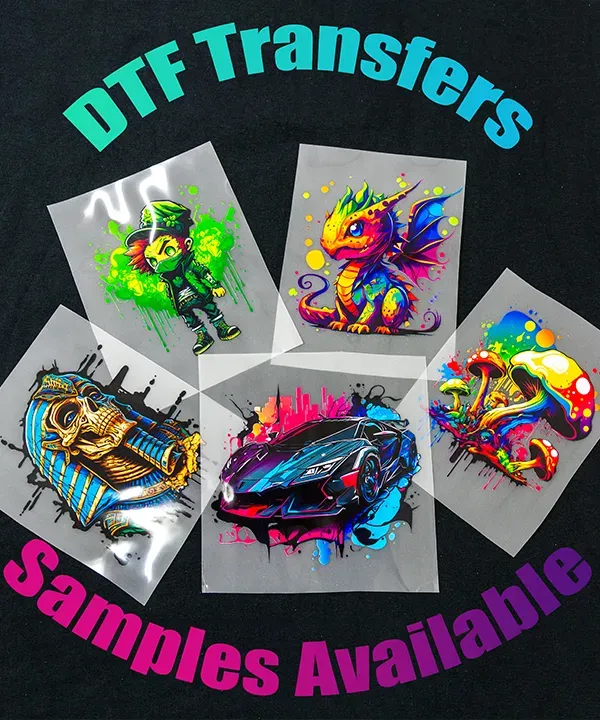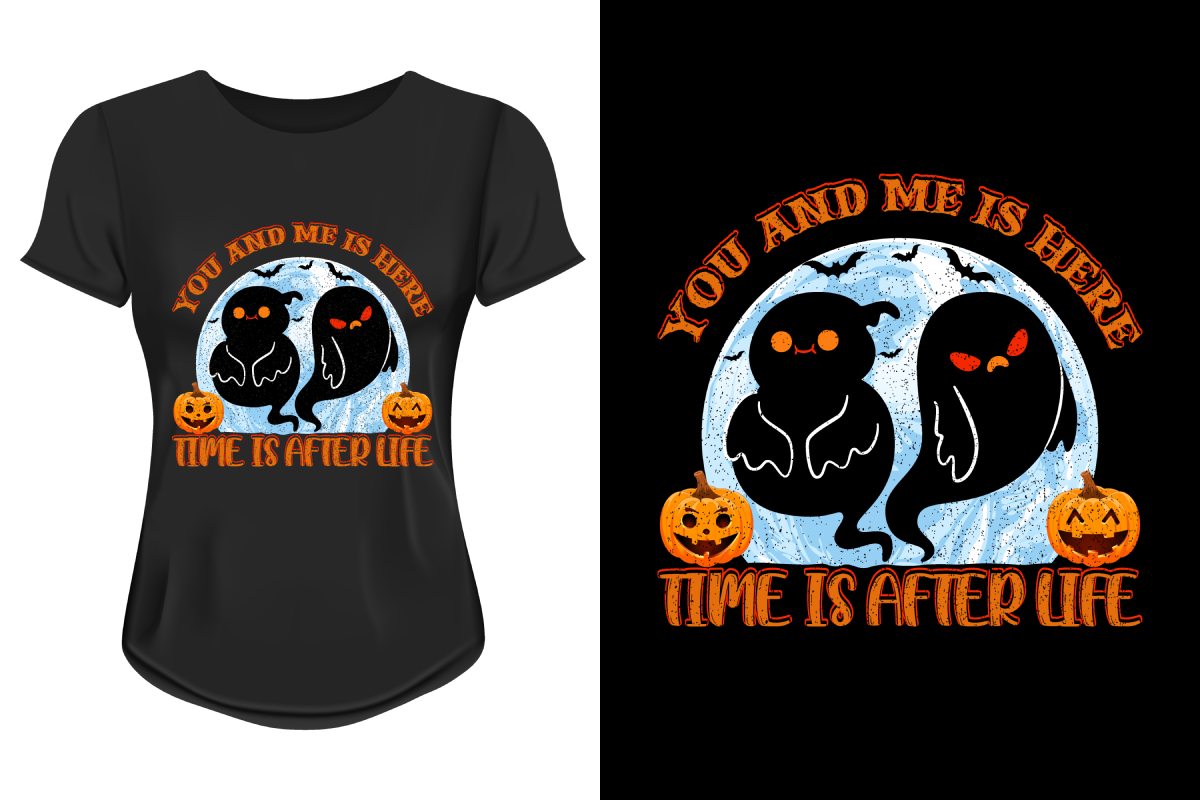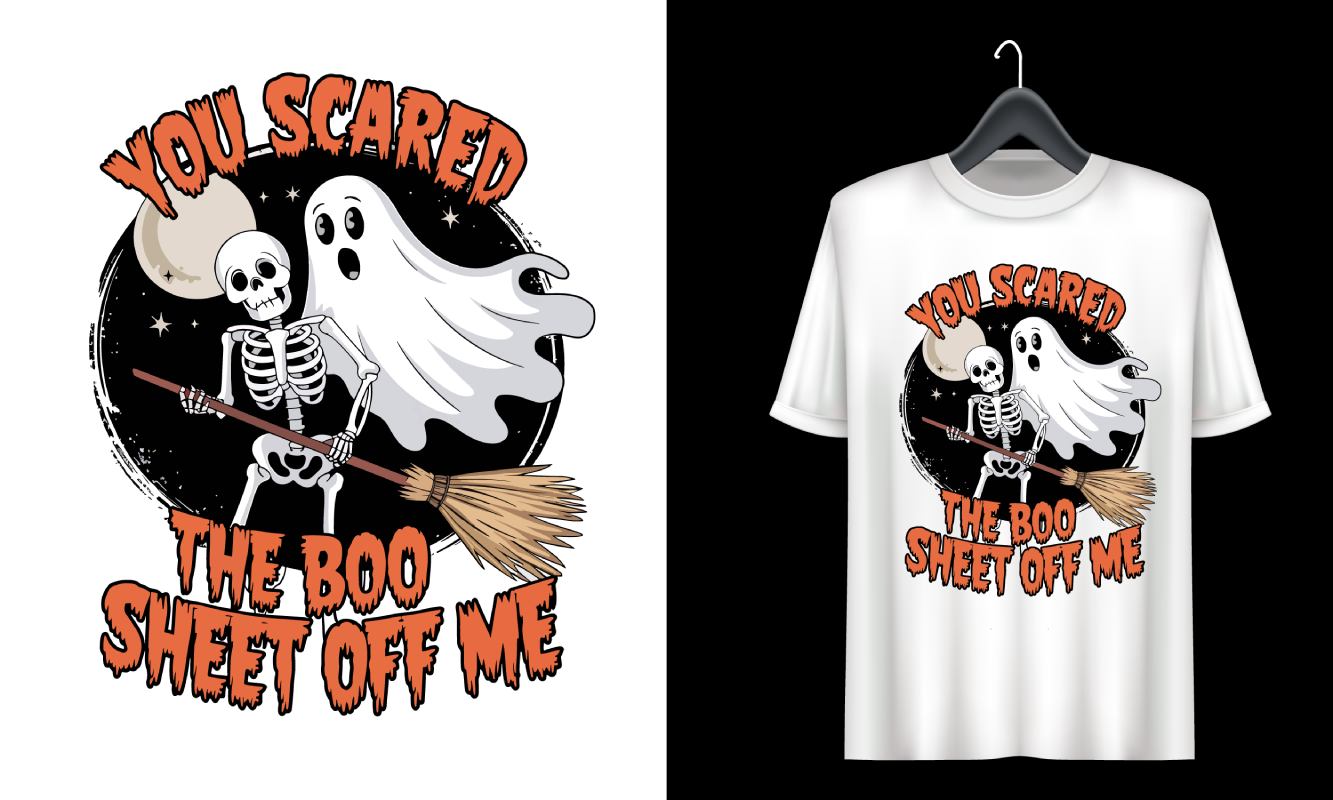DTF transfers, or Direct-to-Film transfers, are revolutionizing the printing landscape, especially when it comes to garment decoration. This modern technique surpasses traditional printing methods like screen printing and Direct-to-Garment (DTG) printing by offering vibrant colors and intricate details at a lower cost and quicker turnaround. In this article, we will dive deep into the world of DTF transfers, examining how they stack up against conventional methods, particularly in terms of printing durability and production efficiency. Understanding the distinctions between DTF and screen printing will empower businesses to make informed decisions that best suit their operational needs. Let’s explore this innovative printing solution, which combines cutting-edge technology with artistic potential to meet various market demands.
When discussing garment printing techniques, many businesses now consider direct film transfers—a dynamic alternative to more conventional approaches such as screen printing or direct inkjet printing. Known for its impressive color fidelity and detailed graphic reproduction, the DTF method stands out in a crowded market. While traditional printing methods have their loyal followers, the emergence of direct film transfers is reshaping expectations around quality and cost-effectiveness. As we delve further, we will compare these various approaches, focusing on aspects like durability and the economies of scale that affect overall business operations. This overview will highlight the strengths and weaknesses of each method, guiding businesses to choose the right printing technique that aligns with their unique needs.
Comparing Printing Technologies: DTF vs Screen Printing
When considering the different printing technologies available today, DTF Transfers and Screen Printing often emerge as the frontrunners due to their respective benefits. DTF, or Direct-to-Film printing, uses advanced techniques to apply a design onto a specially coated film, which is then heat pressed onto the garment. This method excels in producing high-resolution prints with vibrant colors and intricate details that can bring complex designs to life. In contrast, Screen Printing, a traditional method, involves pushing ink through a mesh screen onto the fabric, which can also yield excellent results but may limit the intricacy of designs due to its setup constraints.
Understanding the differences between these two methods helps businesses make informed decisions based on their unique needs. DTF Transfers not only offer flexibility in design but also a faster turnaround time compared to Screen Printing. While Screen Printing has its place, especially for bulk orders where cost efficiency can be maximized, DTF’s ability to handle smaller runs and maintain quality makes it increasingly popular in the apparel industry. These distinctions highlight the importance of assessing one’s specific printing requirements, from design complexity to order size.
Maximizing Quality and Detail in Your Prints
Quality and detail are paramount in the printing world, especially for businesses aiming to make an impact with their apparel designs. DTF Transfers provide a significant advantage in achieving high-resolution images with exceptional color depth. This method captures even the finest details and subtle gradients, making it ideal for intricate artwork and photographic prints. In contrast, while traditional Screen Printing is capable of producing bold and vibrant colors, it may struggle to replicate the level of detail that DTF offers, particularly in designs that require finesse.
Furthermore, the choice of printing method can influence the perceived quality of the final product. With DTF, the ability to maintain sharpness and clarity in detailed graphics translates to a more appealing finished garment. Businesses focusing on artistic expression or unique branding might find DTF Transfers equally more beneficial. Thus, for companies that prioritize quality over quantity, understanding the relative strengths of these methods is crucial when choosing the ideal printing process.
Cost-Effectiveness: Choosing the Right Method for Your Budget
Budget considerations are vital for any business, especially when selecting a printing method. DTF Transfers can often be more cost-effective for small to medium batch orders as they eliminate the need for extensive setup costs associated with traditional methods like Screen Printing. With no screens required, the investment for initial production runs is significantly reduced, allowing businesses to allocate funds elsewhere or increase their profit margins.
Conversely, Screen Printing excels in cost efficiency for larger production runs, benefiting from economies of scale. The more units you produce using this method, the lower the cost per item becomes. However, businesses must weigh these options carefully, considering their expected order sizes and production timelines. A comprehensive cost analysis will help determine if the upfront savings with DTF Transfers outweigh the long-term savings achieved through bulk Screen Printing orders.
Speed of Production: Meeting Market Demands
In the fast-paced world of fashion and apparel, production speed can be a determining factor for success. DTF Transfers offer businesses an impressive advantage in terms of production speed; the setup process is streamlined, reducing overall turnaround times significantly. This quick production capability allows brands to respond swiftly to market demands, release new designs, and cater to customer preferences without prolonged delays.
In contrast, traditional methods such as Screen Printing, while effective for high-volume outputs, require more extensive setup steps that can slow down the production process. Preparing screens and handling inks for multi-color designs can add to this delay. For businesses that prioritize agility and rapid fulfillment, opting for DTF Transfers may be the key to retaining competitive edge in the marketplace.
Assessing Durability: Ensuring Long-Lasting Quality
Durability is a critical factor for businesses when deciding on printing methods, as the longevity of designs directly impacts customer satisfaction. DTF Transfers are known for their exceptional durability; the adhesive process used in this method ensures that prints can withstand multiple washes without significant fading or cracking. This resilience makes DTF a reliable choice for businesses aiming to offer high-quality, long-lasting garments.
On the other hand, while Screen Printing can also result in durable prints, its success heavily relies on the quality of the materials used and the application technique. In some scenarios, especially with lower-quality inks or improper application, screen prints might fall short in longevity. As such, evaluating the durability of prints from both methods is essential for businesses looking to maintain quality and customer trust over time.
Environmental Considerations in Printing Methods
As sustainability becomes increasingly significant in business practices, evaluating the environmental impact of printing methods is essential. Generally, DTF Printing is viewed as a more efficient method, generating less waste and being able to print on various fabric types without excessive material loss. However, concerns about the use of certain chemicals in inks and adhesives necessitate careful consideration of the environmental implications associated with this method.
Traditional methods like Screen Printing are not without their environmental drawbacks either, with high water usage and potential chemical waste pollution being common concerns. Fortunately, the industry is evolving, with many screen printing businesses adopting eco-friendly inks and processes. Understanding the environmental pros and cons of both DTF and traditional methods helps businesses align their printing operations with sustainability goals, ensuring responsible practices in their production.
Frequently Asked Questions
What are DTF Transfers and how do they compare to traditional printing methods?
DTF Transfers, or Direct-to-Film transfers, involve printing designs onto a specialized film that is then applied to garments using heat. Compared to traditional methods like screen printing, DTF transfers offer higher detail and vibrancy, making them ideal for intricate designs. While screen printing excels in bold, simple designs, DTF transfers provide a versatile option for various fabric types.
How does printing durability differ between DTF Transfers and screen printing?
Printing durability is one of the critical factors where DTF Transfers stand out. They use a special adhesive process that ensures long-lasting vibrancy and wash resistance. In contrast, screen printing provides a sturdy finish but can fade or crack over time, especially with lower quality inks. Thus, DTF transfers tend to offer better durability for complex designs.
Are DTF Transfers more cost-efficient than traditional printing methods?
Yes, DTF Transfers are often more cost-efficient, especially for small to medium orders. With lower setup costs and no need for screens, businesses can save significantly. Traditional methods like screen printing may become cost-effective for larger batches due to economies of scale but may not suit smaller, fluctuating orders as well.
What are the speed advantages of using DTF Transfers over traditional methods like DTG printing?
DTF Transfers provide significant speed advantages, allowing for quicker turnarounds due to simpler setup processes. In contrast, traditional methods such as DTG printing take longer to prepare and dry, potentially causing delays. Thus, businesses prioritizing fast production times may benefit more from DTF Transfers.
How do DTF Transfers impact the environmental footprint compared to traditional printing methods?
DTF Transfers generally create less waste during the printing process, making them a more eco-friendly choice. However, concerns about the chemicals used in inks remain. Traditional methods like screen printing have made strides in reducing environmental impact but still involve higher water usage and pollutants. Overall, DTF Transfers are often seen as a more sustainable option in modern printing.
Which printing method is preferred for intricate and colorful designs: DTF Transfers or traditional screen printing?
For intricate and colorful designs, DTF Transfers are preferred due to their superior resolution and ability to capture fine details and gradients. While traditional screen printing can produce vibrant colors, it excels more in simpler designs. Therefore, businesses looking to print complex graphics should consider DTF Transfers as the ideal solution.
| Key Points | DTF Transfers | Traditional Methods | |
|---|---|---|---|
| Quality and Detail | Exceptional resolution and vibrant colors for intricate designs. | High-quality but may struggle with intricate details. | |
| Cost Efficiency | More cost-effective for small to medium batch orders due to lower setup costs. | Best pricing per unit for large production runs with economies of scale. | |
| Production Speed | Quicker turnarounds due to simpler setup processes. | Longer setup times can lead to delays in fulfilling orders. | |
| Materials and Durability | Soft touch, good wash resistance, and adheres well to various fabrics. | Varies by method; can fade or crack if not applied correctly or if lower quality inks are used. | |
| Environmental Impact | Generates less waste, but concerns exist about chemicals in inks and adhesives. | Progress in reducing impact, but some techniques still have high water usage and pollutants. | |
Summary
DTF Transfers present a compelling option for businesses looking to enhance their garment printing capabilities. This innovative printing method offers a unique blend of quality, cost efficiency, and production speed that can cater to modern market demands. Unlike traditional methods, DTF Transfers allow for vibrant and intricate designs that maintain their quality over time, making them ideal for businesses focused on creating customized apparel. As businesses weigh their options, the advantages of DTF Transfers become increasingly clear, especially for those seeking flexibility and high-quality output.



